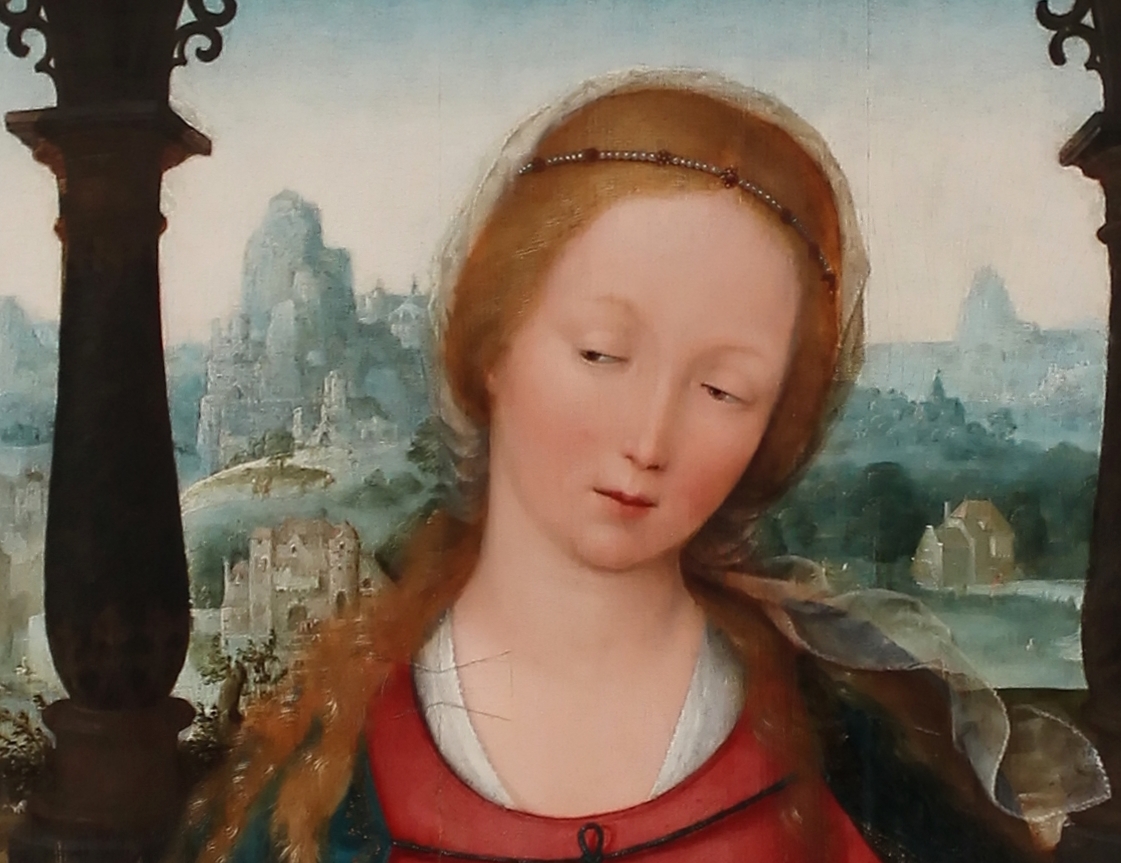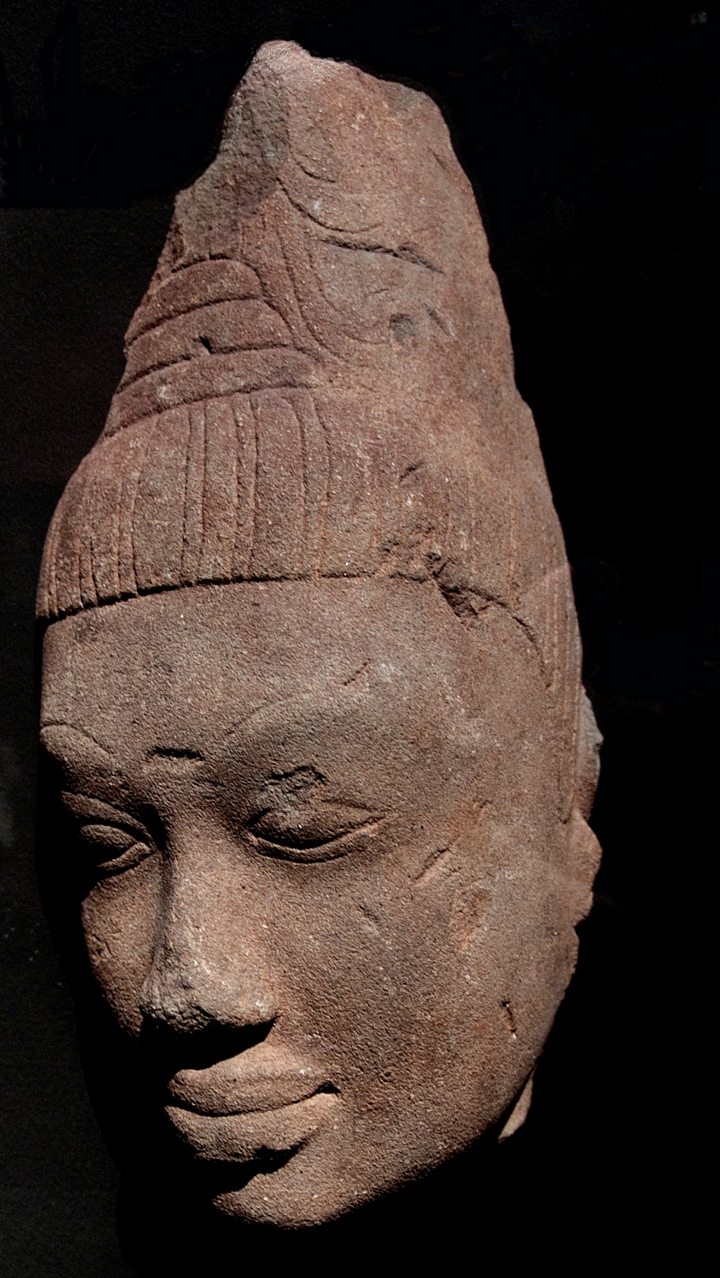Bernard Cathelin was a French painter born in Paris and a member of the School of Paris which included Picasso, Chagall, Matisse, Dufy and many others including Maurice Brianchon, Cathelin's teacher at the Ecole Nationale Supérieure des Arts Décoratifs.
Although he received critical acclaim as early as 1950, Cathelin was not able to live solely from his painting until 1955.
Since that time Cathelin has received steadily increasing recognition and has been featured in over 50 exhibitions worldwide.
Throughout his life, he maintained a deep-rooted love for his country and especially for the Drôme, where his mother came from.



.jpg)
.jpg)




.jpg)
.jpg)


























%2B-%2BJOUR%2BD'OUVERTURE%2BAU%2BSALON%2B(THE%2BOPENING%2BDAY%2BOF%2BTHE%2BSALON).jpg)
%2B-%2BJOUR%2BD'OUVERTURE%2BAU%2BSALON%2B(THE%2BOPENING%2BDAY%2BOF%2BTHE%2BSALON).jpg)


.jpg)
.jpg)
















































